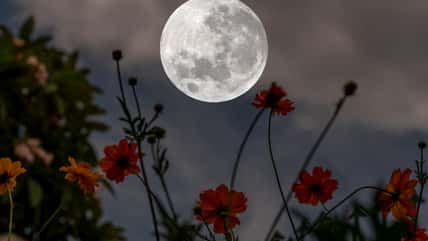Ancient Rock Art Found In An Argentinian Cave Featuring Cultural Information On How To Survive Is Older Than Archaeologists Previously Thought, Dating Back Over 8,000 Years Ago

Art is valued not just for its beauty but for its communicative nature. In the past, when written language did not yet exist, paintings and carvings were used to document information and tell stories that were passed down for generations.
For instance, a gallery of ancient rock art on the walls of a cave in Argentina features cultural knowledge on how to survive. The cave was located in Patagonia, a region encompassing the southern tip of South America.
The artwork is several millennia older than archaeologists previously thought. To determine the age of the artwork, researchers used radiocarbon dating to analyze small pieces of black pigment extracted from the cave drawings. The black paint contained plant material, like burned wood, which allowed them to calculate its age.
“It’s usually really hard to date rock art unless it has an organic component; otherwise, there really isn’t any material that you can date,” Ramiro Barberena, study co-author and archaeologist at Temuco Catholic University in Chile, told Live Science.
The earliest drawings date back to 8,200 years ago, while the most recent were from around 3,000 years ago, making them the oldest known pigment-based rock art on the continent. The new findings suggest that the artwork spans 130 generations of humans.
At the site, archaeologists found 895 paintings grouped into 446 motifs, depicting geometric shapes, animals, and humans. There were many dots, circles, lines, and polygons painted with the color red.
In addition, much of the animal art featured large flightless birds known as rheas and guanacos, close relatives of llamas.
One of the motifs, a strange, comb-like pattern, had been drawn repeatedly for thousands of years.
It is believed that since the same images were created over such a long period of time, people have been sharing information across generations as a way to retain memories and keep scattered hunter-gatherer groups connected.

Dmitry Pichugin – stock.adobe.com – illustrative purposes only
“We think it was part of a human strategy to build social networks across dispersed groups, which contributed to making these societies more resilient against a very challenging ecology,” said Barberena.
The era during which people made the art lines up with a time in the region when the weather was extremely hot and dry. While it is unclear what the comb motif represents, it may have helped people survive the dry period.
Sign up for Chip Chick’s newsletter and get stories like this delivered to your inbox.
More About:News





